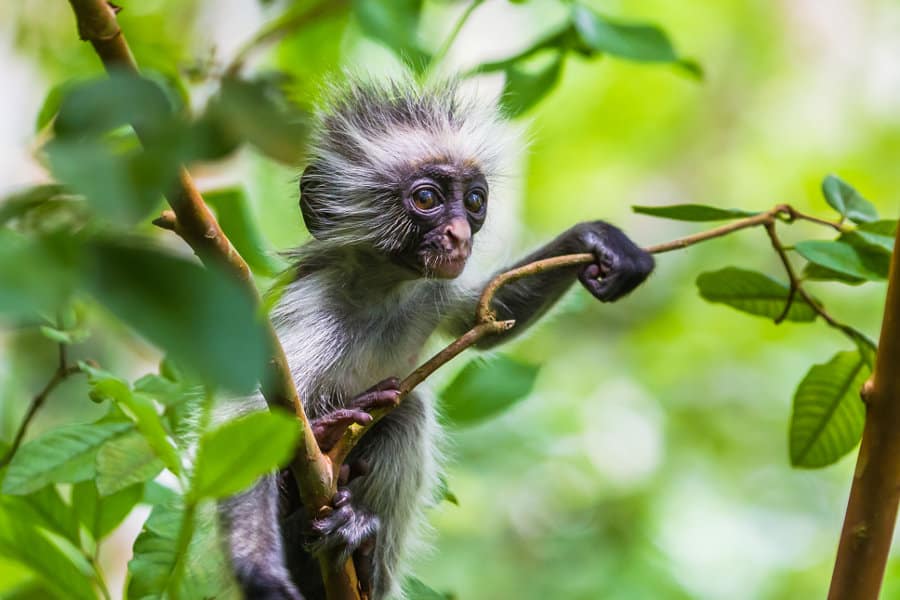

The chimpanzee lives in groups that range in size from 15 to 150 members, although individuals travel and forage in much smaller groups during the day.
-Joanne-Iredale.jpg)
It is larger and more robust than the bonobo, weighing 40–70 kg (88–154 lb) for males and 27–50 kg (60–110 lb) for females and standing 150 cm (4 ft 11 in). The chimpanzee is covered in coarse black hair, but has a bare face, fingers, toes, palms of the hands, and soles of the feet. Evidence from fossils and DNA sequencing shows that Pan is a sister taxon to the human lineage and is humans' closest living relative. The chimpanzee and the bonobo are the only species in the genus Pan. When its close relative the bonobo was more commonly known as the pygmy chimpanzee, this species was often called the common chimpanzee or the robust chimpanzee. It has four confirmed subspecies and a fifth proposed one. The chimpanzee ( / tʃ ɪ m p æ n ˈ z i/ Pan troglodytes), also known as simply the chimp, is a species of great ape native to the forest and savannah of tropical Africa.

Kibale National Park is dominated by rainforest, but this is interspersed with tracts of grassland and swamp.

Chimps aside, Kanyanchu offers some superb forest birding and monkey viewing, with the community-run Bigodi Wetland Sanctuary, only 5km away immediately outside the park boundary, being a particular highlight in this respect. The trailhead for chimp tracking and main centre of tourist activity within the park is the Kanyanchu Visitors’ Centre, which lies 35km south of Fort Portal along a newly surfaced road that continues south to Kamwenge and Ibanda. Originally gazetted as a forest reserve in 1932, Kibale was upgraded to national park status, and extended southward to form a contiguous block with the Queen Elizabeth National Park, in 1993. Uganda’s premier chimpanzee-tracking destination, Kibale National Park protects 766km² of predominantly forested habitat that extends more than 50km south from the main Fort Portal–Kampala Road to the northeast border of Queen Elizabeth National Park. Seek out chimpanzees, your closest relatives, in the shadowy depths of the Kibale Forest. Habituated chimpanzees can be tracked in several Ugandan forests, most notably Kibale, Budongo and Kalinzu © Ariadne Van Zandbergen, Africa Image Library


 0 kommentar(er)
0 kommentar(er)
